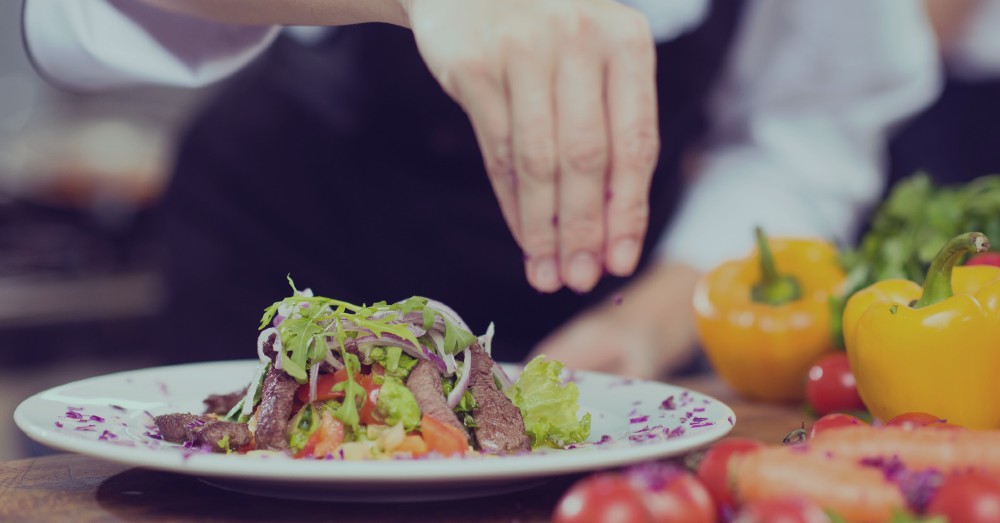Restaurant inventory management is critical if you are to run a successful, and profitable, business. The financial health of your restaurant, and how profitable it is, largely depends on the goods held in your inventory.
Pay too much for your stock and charge too little for your menu items and you’ll be losing out on a healthy profit margin, but purchase the right amount of stock at the right prices - and work out the optimum price to set your menu items - then you’ll build a highly profitable business.
Successfully managing your restaurant and bar inventory will help you optimize your ordering, find where your business may be struggling with shrinkage (variance) as well as a range of other analytics and metrics that give you insightful data on how you can make your business more profitable.
To ensure they are keeping sustainable financial practices and optimizing the profitability of their business, restaurant owners most focus on inventory costing.
Inventory costing methods
Restaurant inventory costing is the process of assigning value to inventory, allowing restaurant owners to determine the profitability of their business through the calculation of cost of goods sold (COGS).
There are three options that allow restaurants to determine COGS:
- First-in, first-out (FIFO)
- Last-in, first-out (LIFO)
- Weighted average cost (WAC)
In this blog, Sculpture Hospitality is going to explain what each of these restaurant inventory costing methods are so that you can find the process that works best for the unique requirements of your business.
First-in, first-out (FIFO) inventory costing
The first-in, first out (FIFO) assumes that the goods a restaurant purchases first are the goods that it uses (and sells) first, which is a typical workflow for most restaurants to avoid product spoilage and expiration.
As a result, the remaining inventory in the restaurant consists of the most recent purchases and is accounted for at the good’s current cost. This calculation is the most common restaurant inventory costing method as it’s accurate, reliable and easy to perform, and reflects the typical flow of products in a restaurant.
Pros of FIFO:
- Matches the typical flow of goods in a kitchen.
- Decreases waste by avoiding product spoilage and expiration.
- Preserves product freshness for higher-quality ingredients.
- The calculated value of remaining goods is the most accurate method of inventory counting.
- Yields higher net income.
Cons of FIFO:
- Organizing and tracking products in the order they come in can be challenging when running a busy kitchen, but a restaurant inventory management system will help.
- There can be a mismatch between costs and revenue, since older and often lower costs are calculated with current revenues.
- Yields higher income taxation.
Last-in, last-out (LIFO) inventory costing
The last-in, first-out (LIFO) is another method used to calculate inventory costing, but it’s not commonly practiced in restaurants. That’s because it offers a reverse approach to FIFO, meaning it goes against the typical flow of how a restaurant handles goods.
LIFO values inventory on the assumption that goods purchased last are sold first at their original cost. As a result, the oldest goods continue to remain as ending inventory.
Newer and more expensive goods are used first, according to LIFO, when the price of goods increase, which increases the overall COGS and leaves the cheaper, first-purchased goods as inventory.
Pros of LIFO:
- Matches current revenue with current costs in any given period.
- Yields lower income taxation.
Cons of LIFO:
- This method results in higher cost of goods sold, which leads to lower restaurant profit margin.
- Doesn’t always prove an accurate valuation of ending inventory. Since the oldest goods tend to be stored repeatedly as inventory, a high number of these products will become obsolete before use.
- Many products will expire before being used under this method.
- LIFO is actually banned under International Financial Reporting Standards (IFRS) and restricted under Generally Accepted Accounting Principles (GAAP).
Weighted average cost (WAC) inventory costing
Weighted average cost (WAC) is generally considered to be a middle ground between FIFO and LIFO. This method uses the average unit cost (rather than oldest or newest) to calculate COGS.
The WAC method means inventory items receive the same valuation regardless of when and at what cost each was purchased. Instead, the total cost of inventory items are divided by the number of units to yield the weighted average cost per unit:
Your restaurant can calculate this by:
WAC = (total cost of sitting inventory) / (number of units)
Pros of WAC:
- Allows your restaurant to calculate COGS in situations where it’s impossible to determine the cost of individual items because they are either so integrated or commoditized.
- Fast and easy to calculate
Cons of WAC:
- This method assumes all items in your goods are identical, which of course is not true.
Want to discuss the best restaurant inventory counting method for your business with our team of restaurant and bar inventory experts? Contact Sculpture Hospitality today. We would love to answer any questions that you may have.










